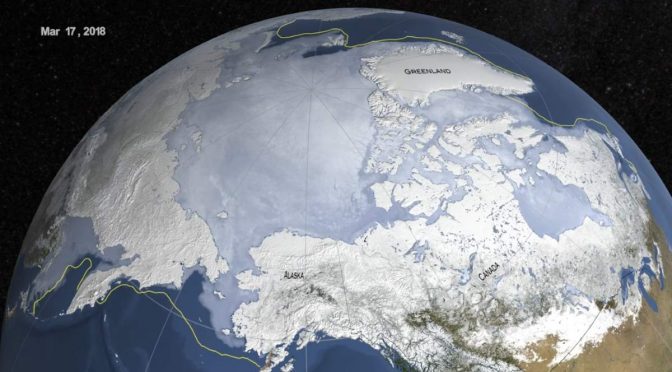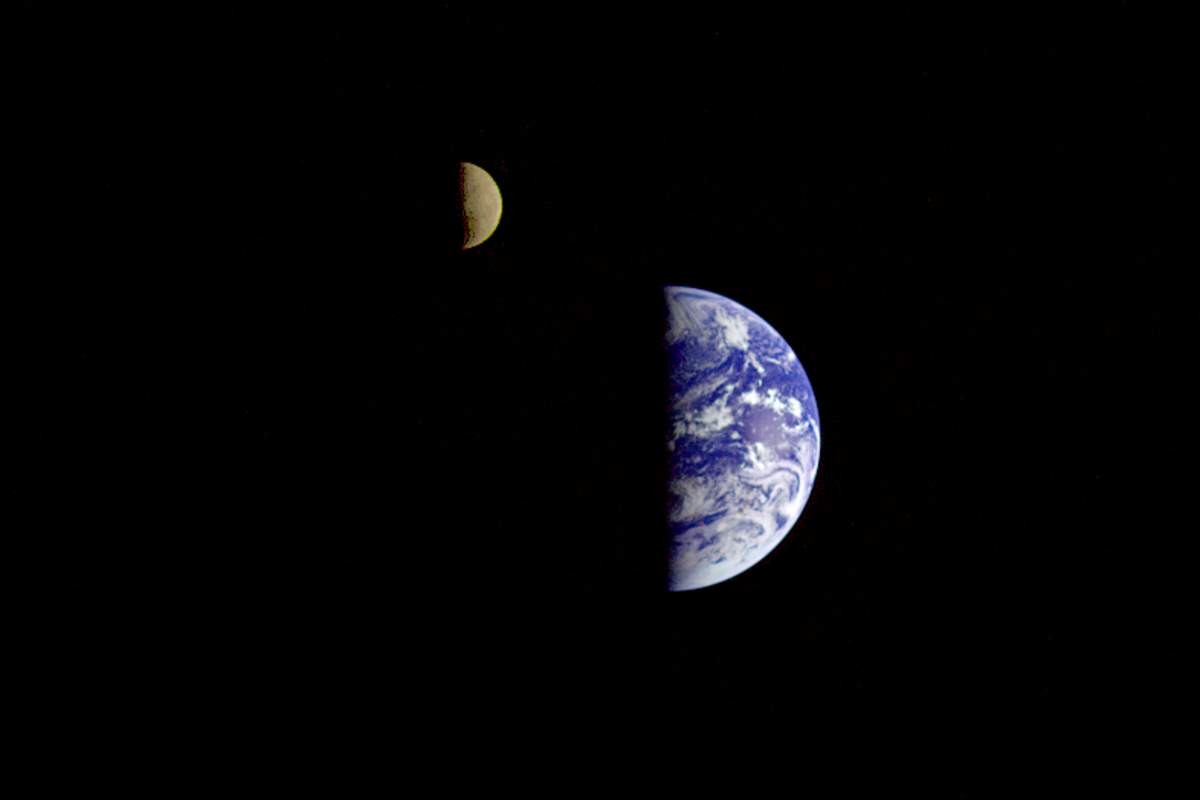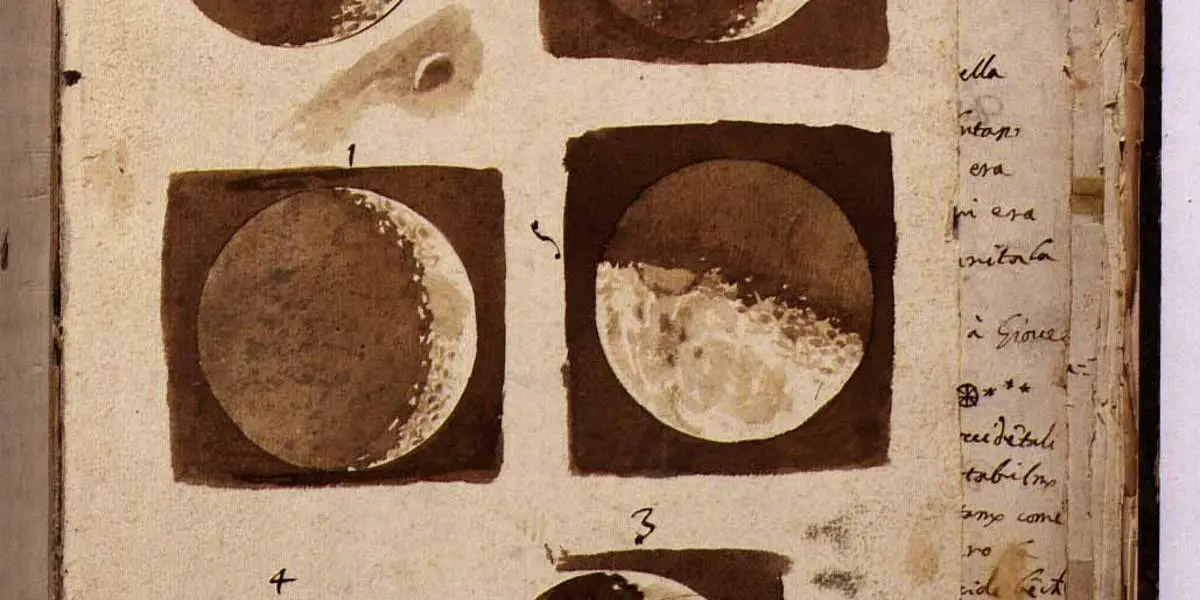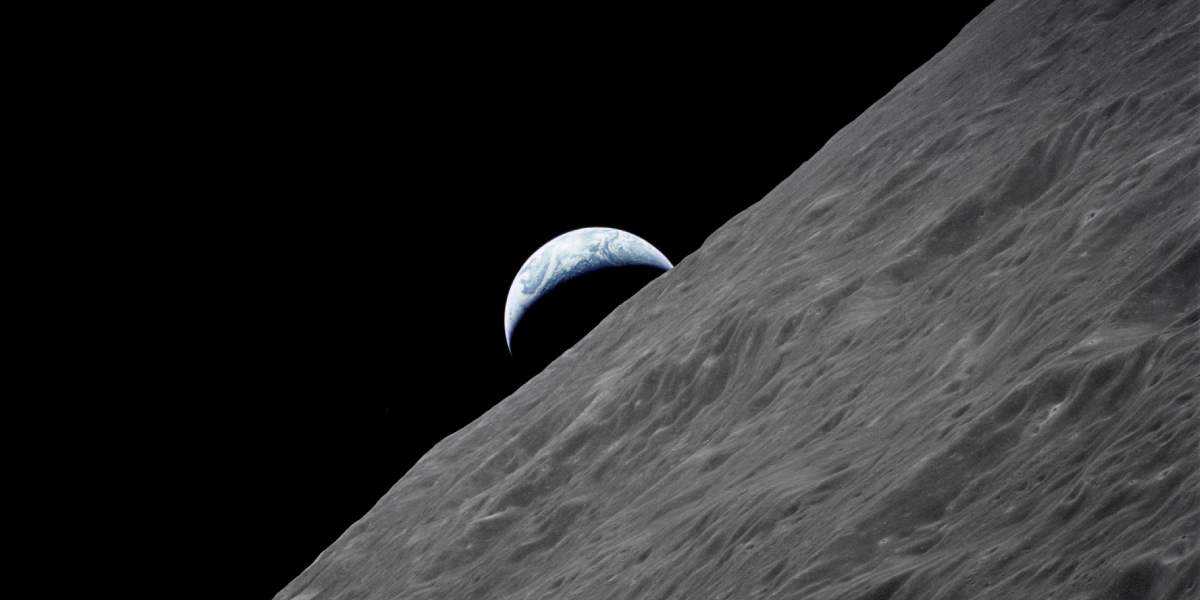An interesting map showing the locations of the North Magnetic Pole since 1590. The North Magnetic Pole moves over time due to magnetic changes in the Earth’s core. Today, the Geographic North Pole (the point in the Northern Hemisphere where the Earth’s axis of rotation meets its surface, the northernmost point on the Earth) differs from the North Magnetic Pole by about 500 kilometers (311 miles).
If a magnetic compass needle is allowed to rotate about a horizontal axis, it would point straight down at the North magnetic










